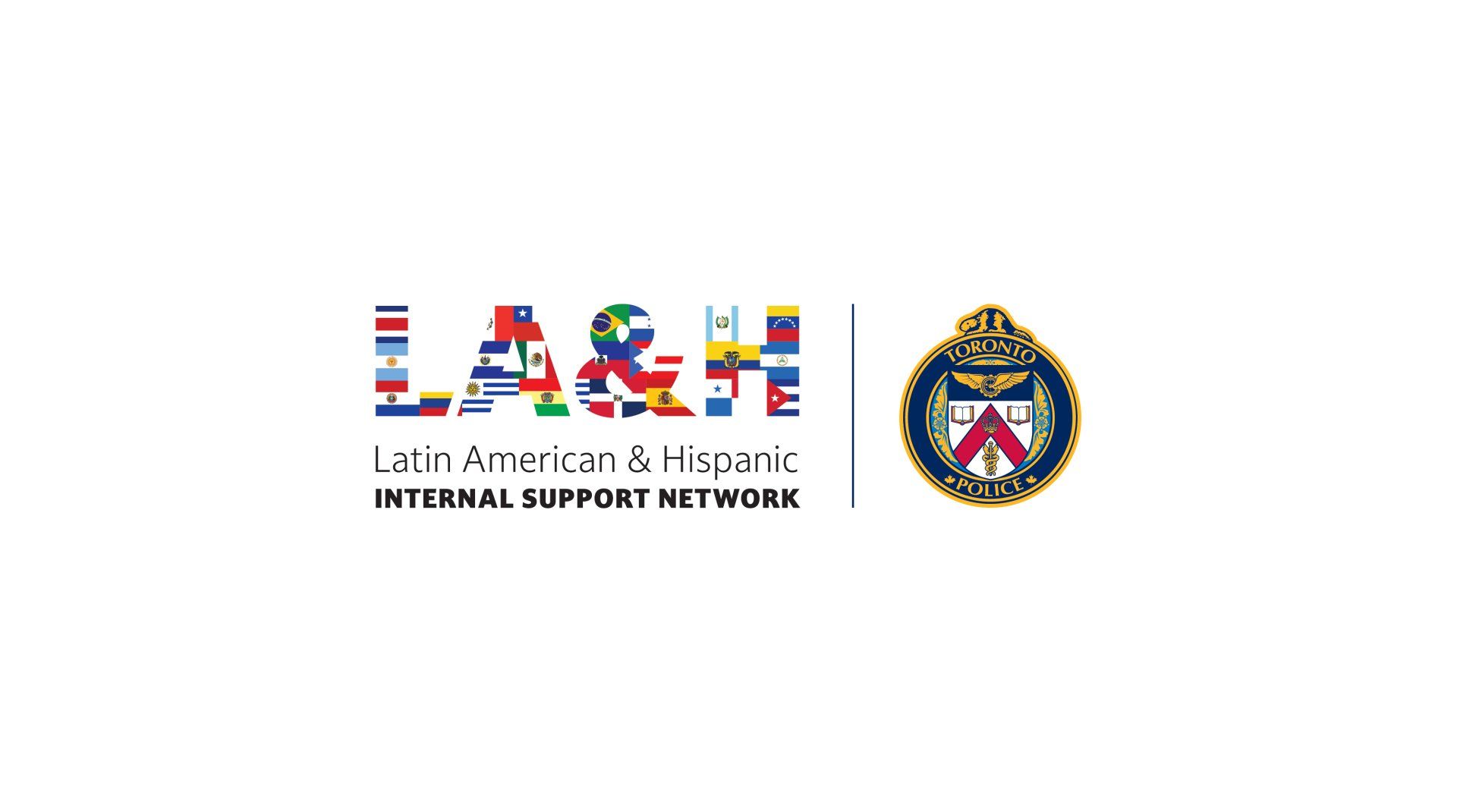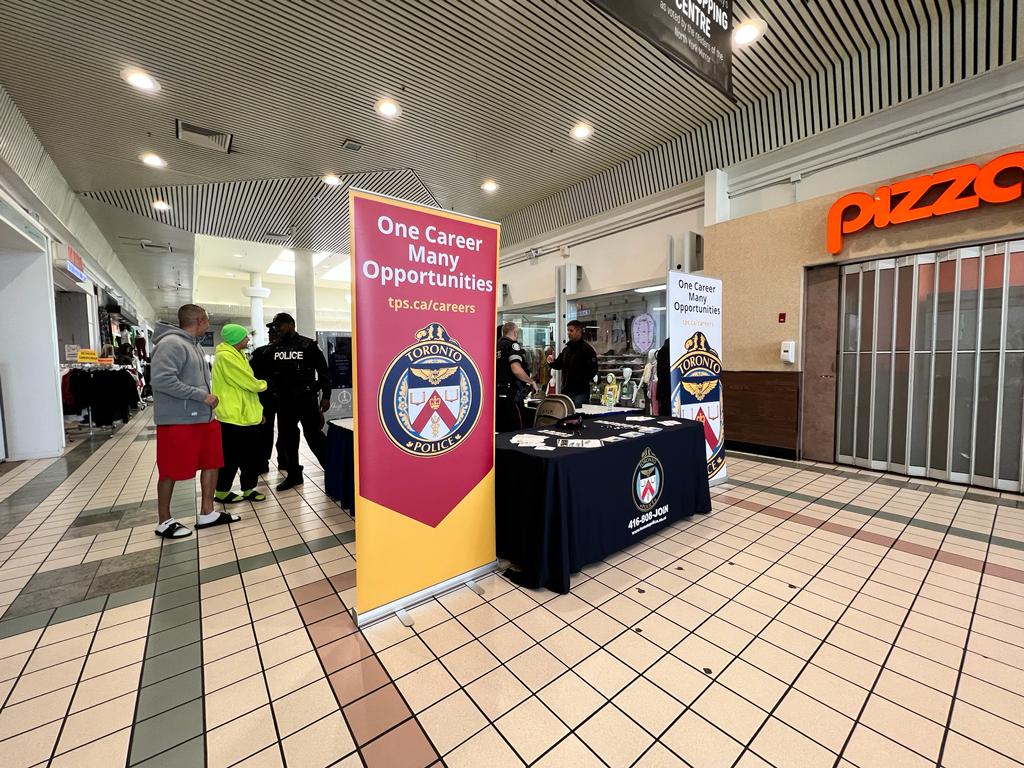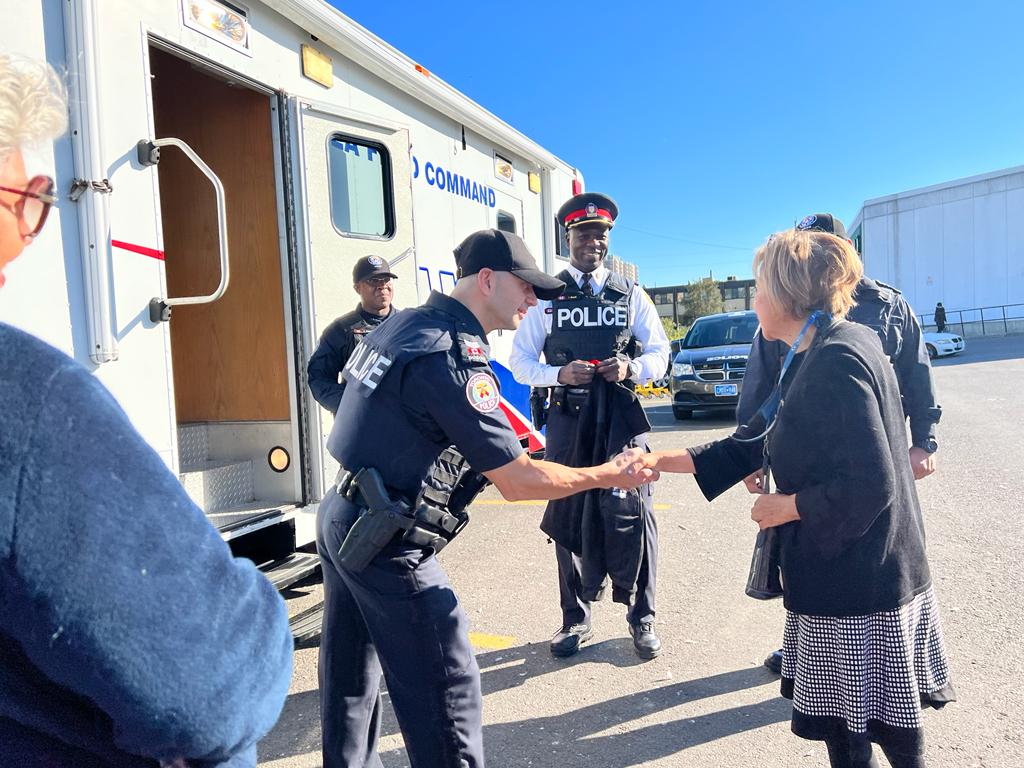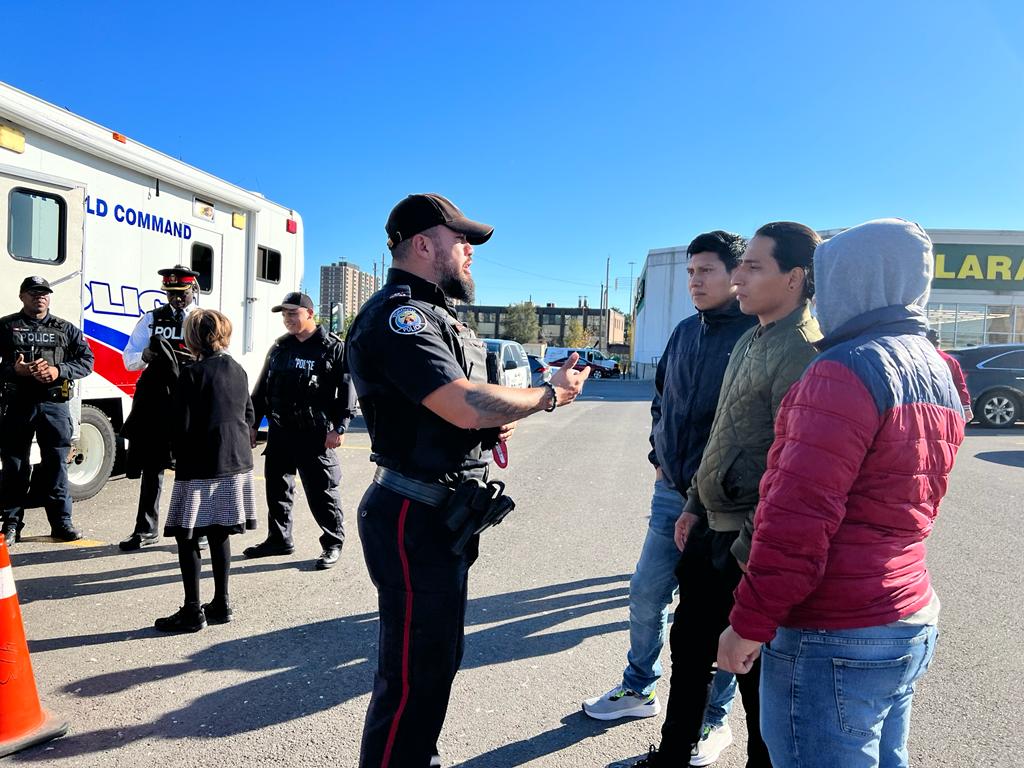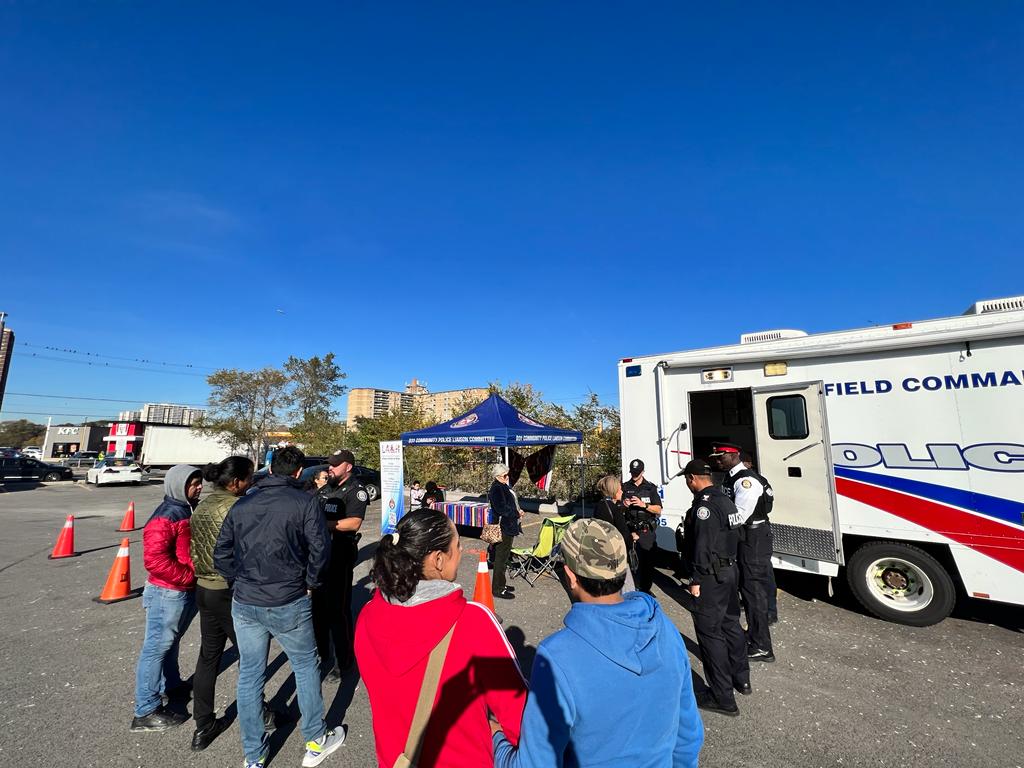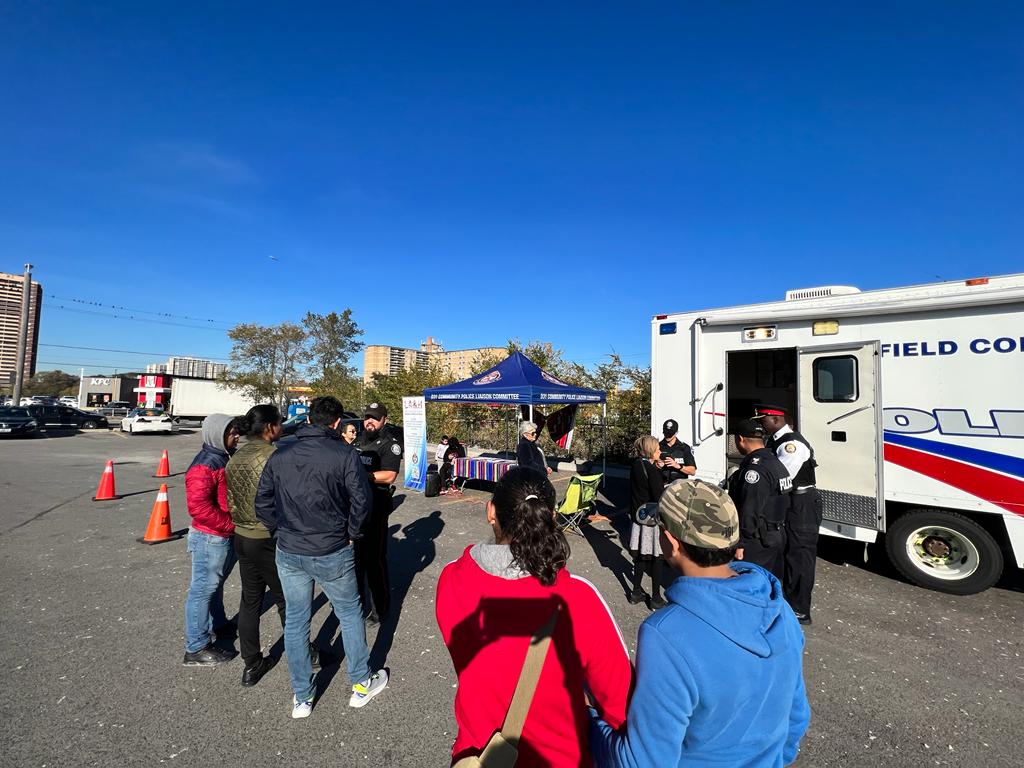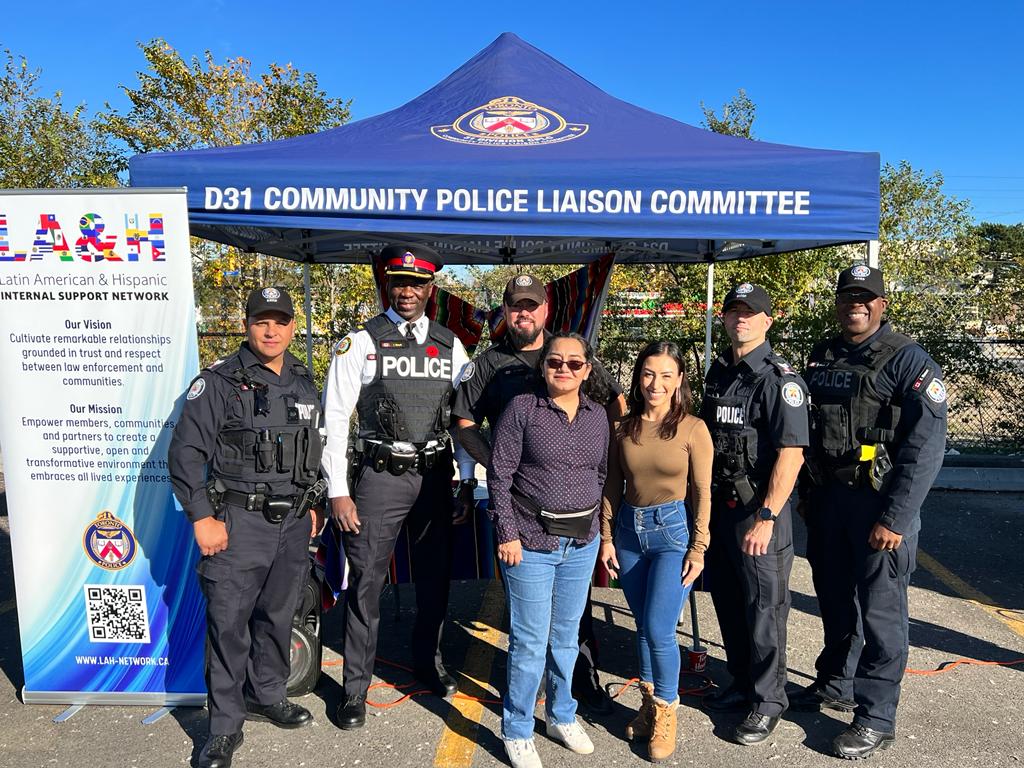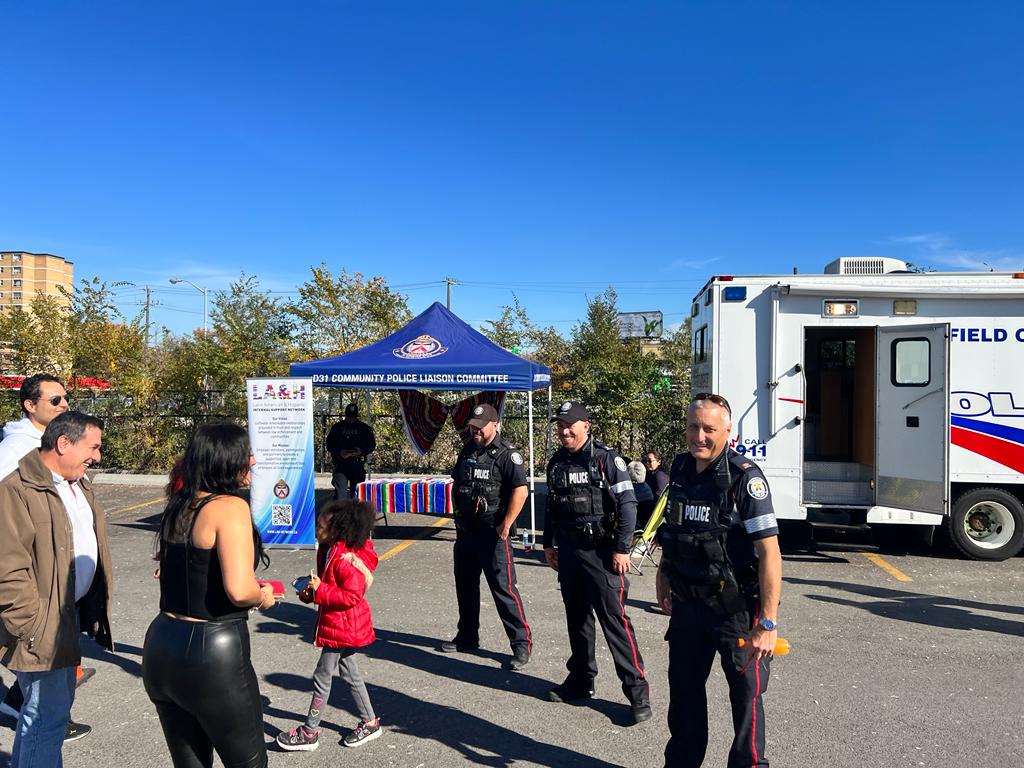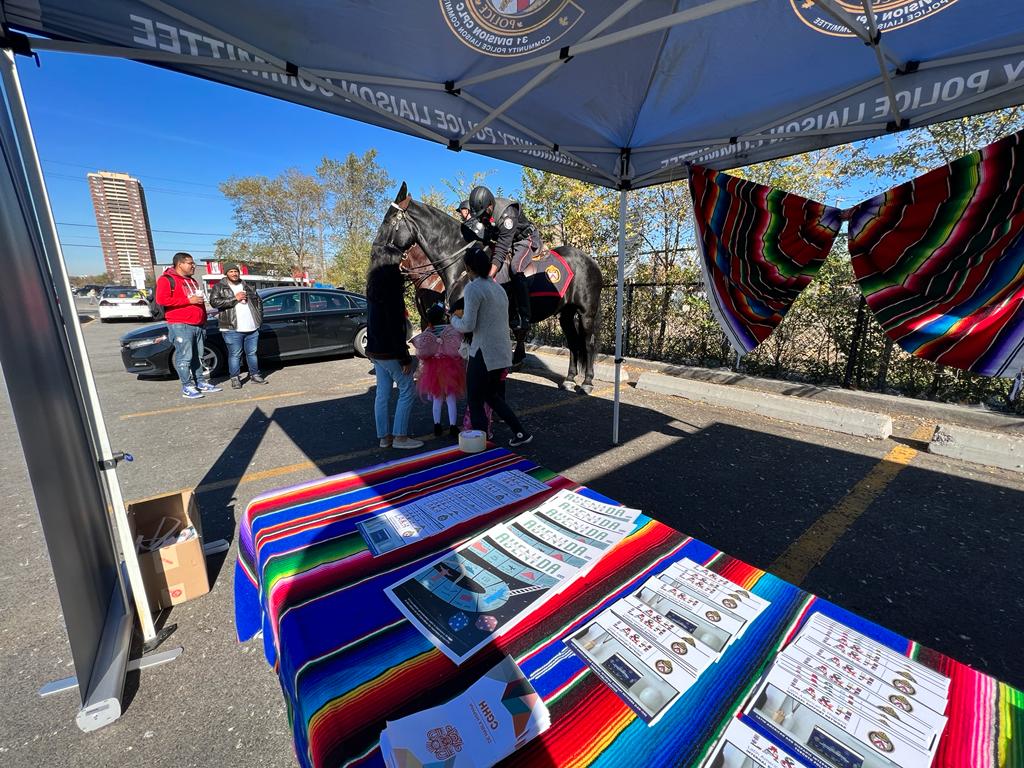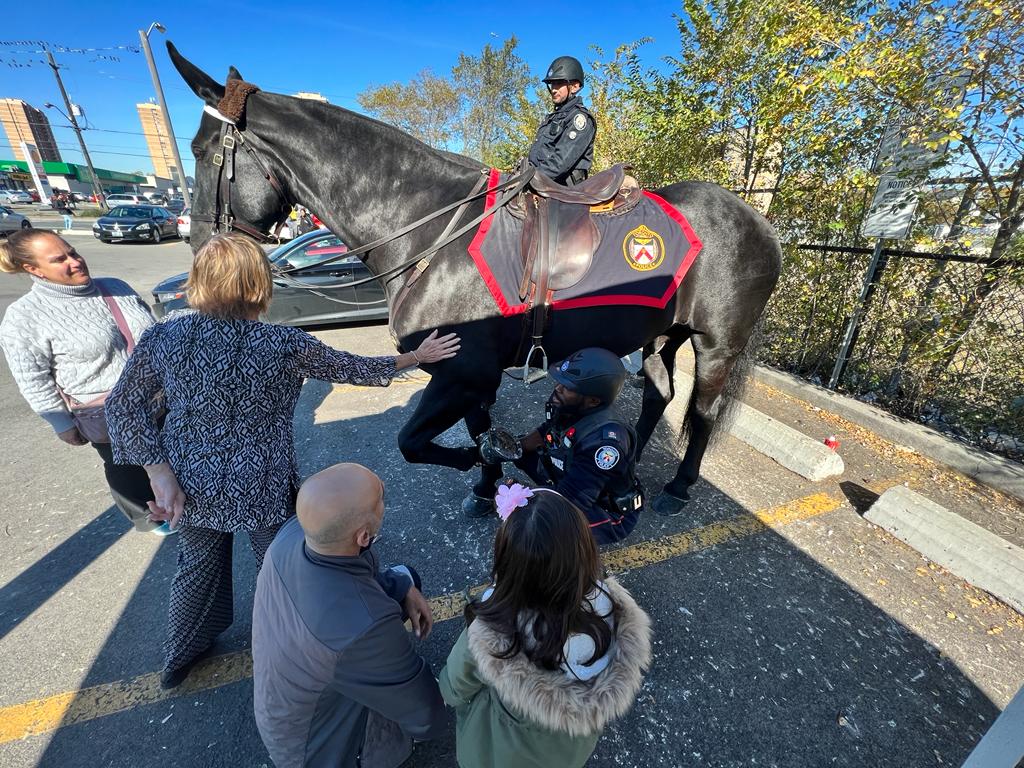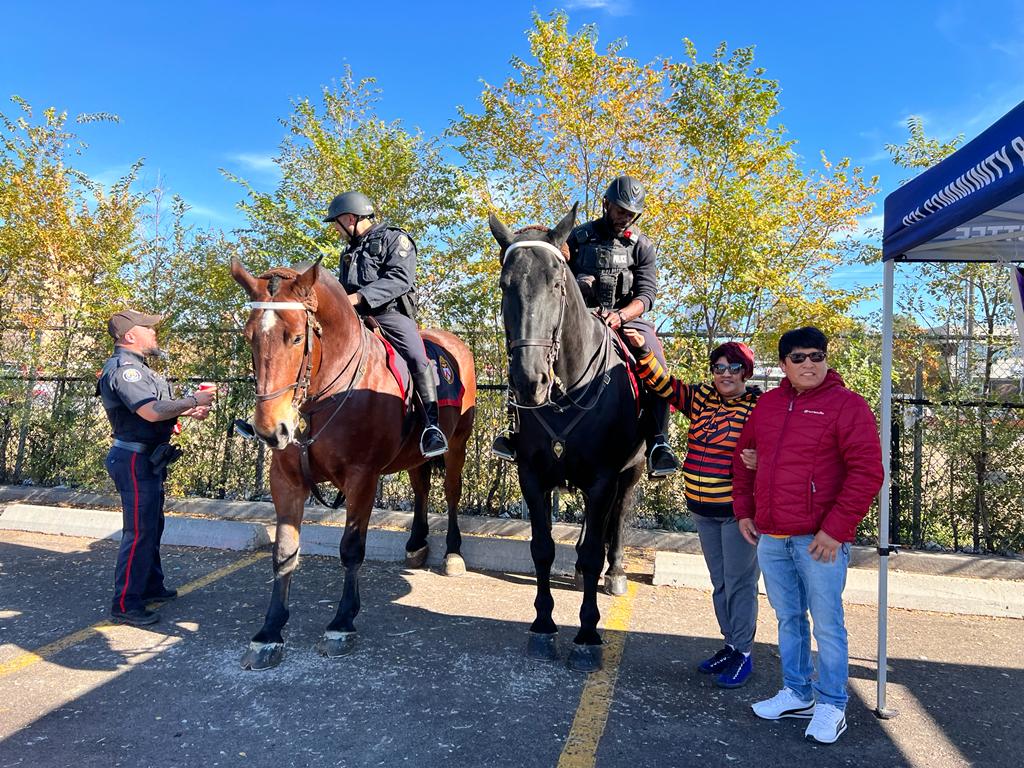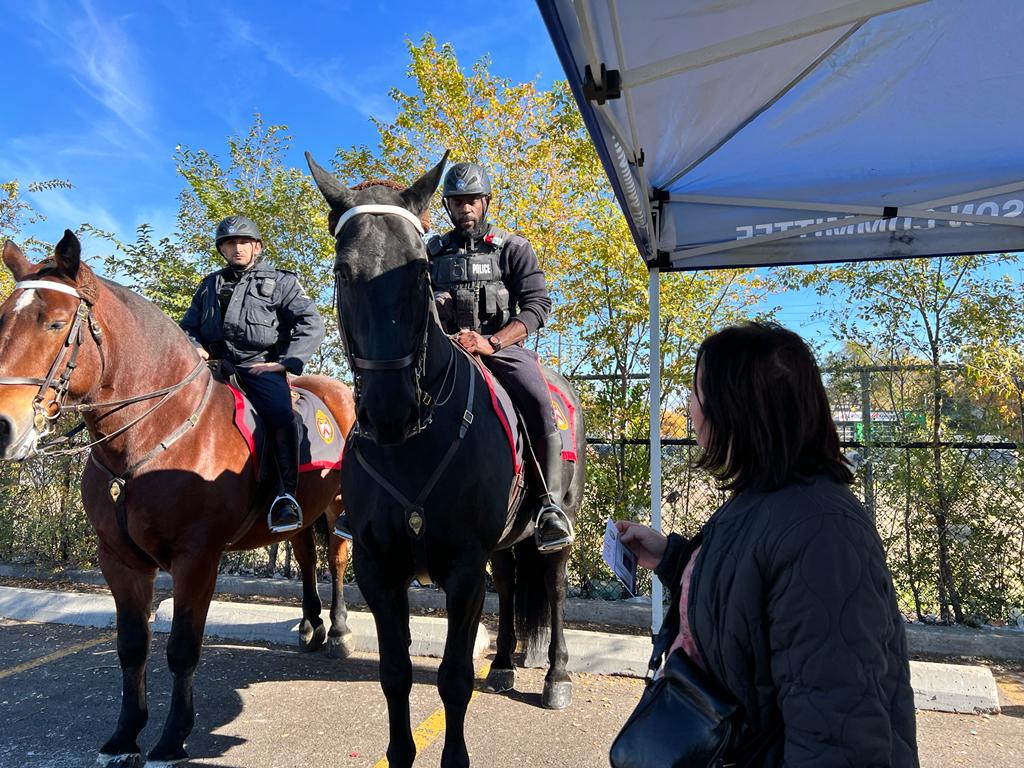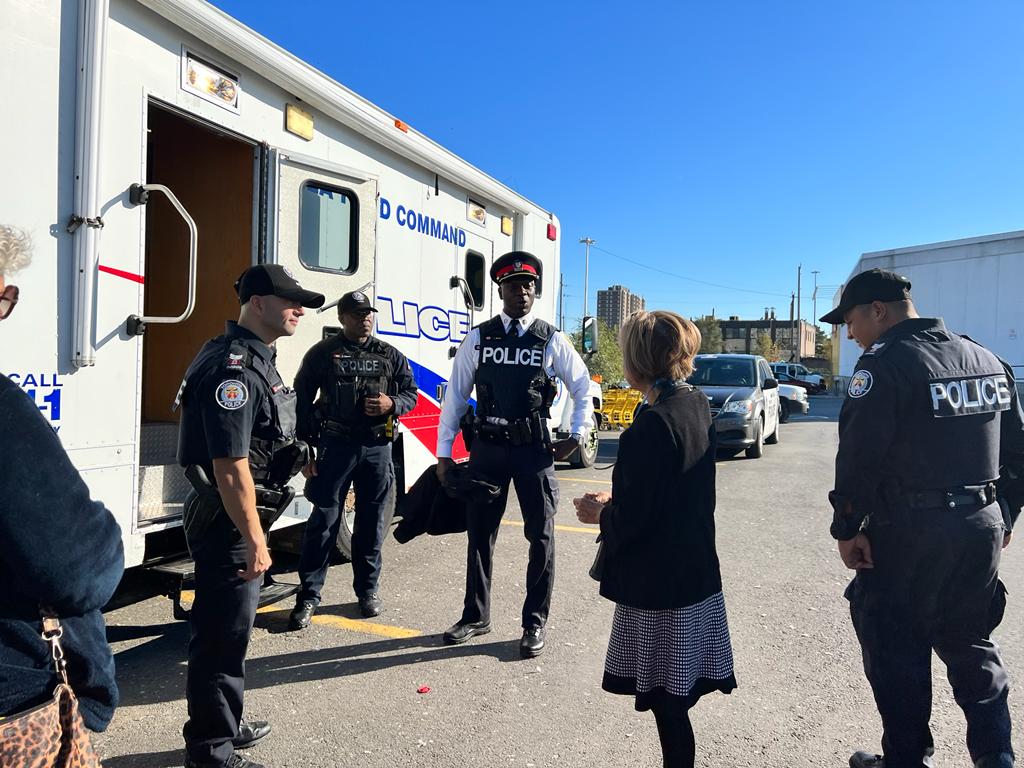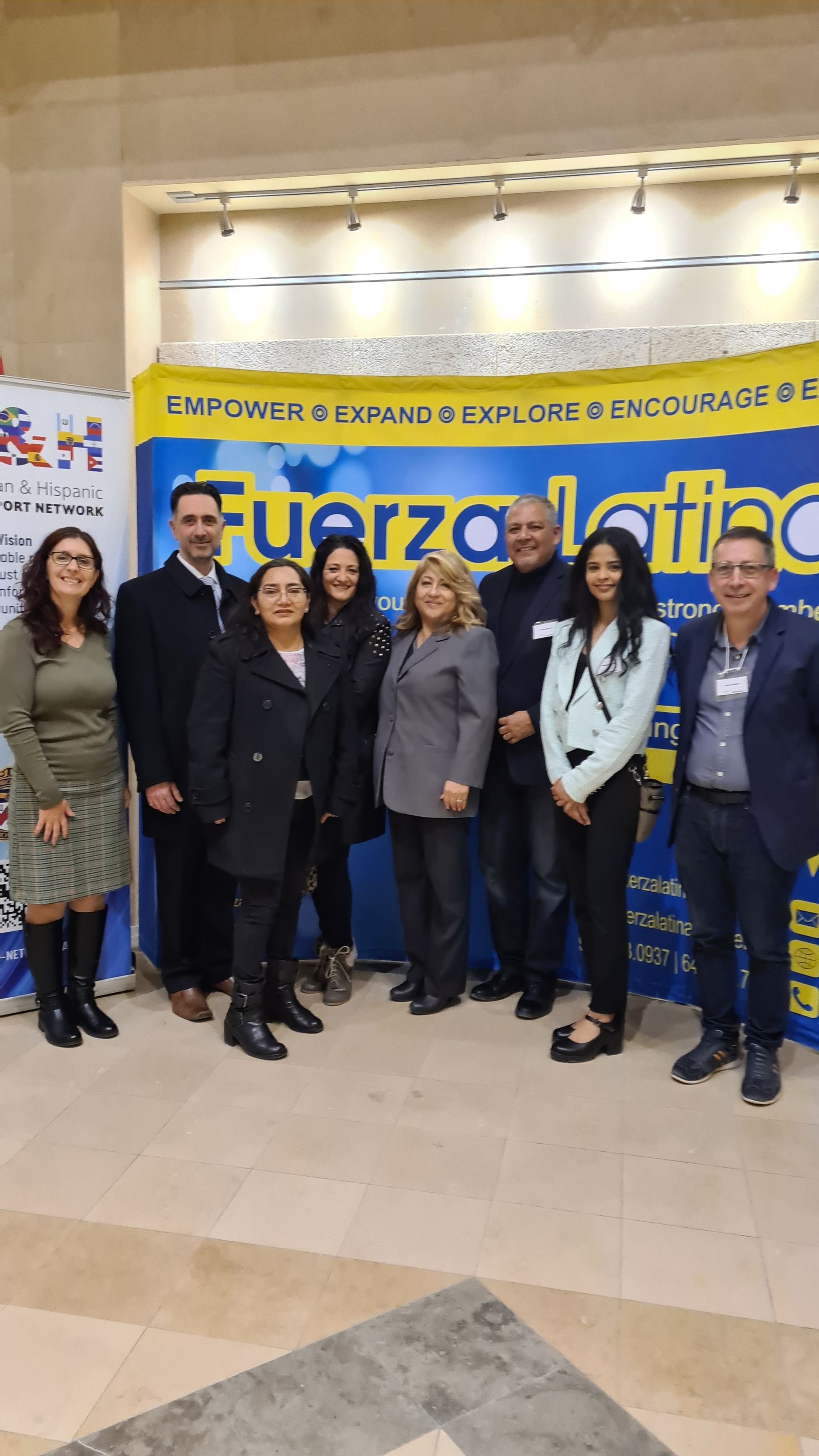LAH-ISN Engagement for Hispanic Heritage Month
Hispanic Heritage Month Engagement
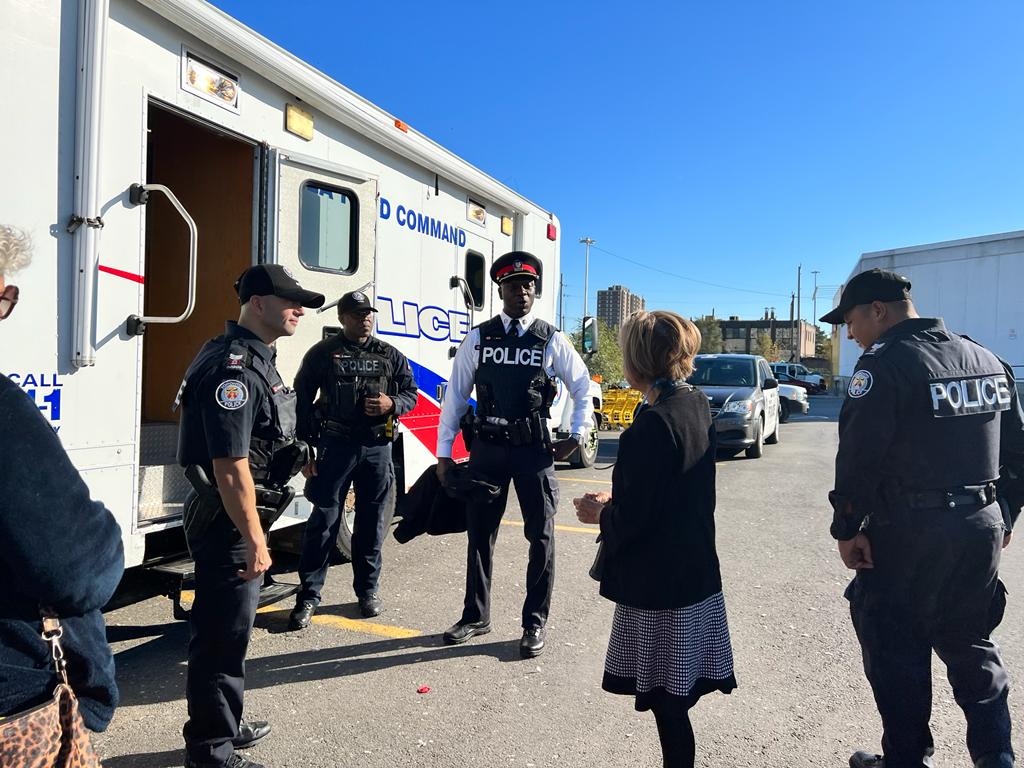
October is officially recognized as Hispanic Heritage Month. In a recent video by Toronto Mayor John Tory, he stated “This month, we are also reminded of the valued contributions that the Hispanic communities in our city have made to the success of the city including the economic and the social and cultural fabric of our city… Our Hispanic communities have greatly enriched our lives and have achievements across every field from business to science to sports to the arts to government and for all that I thank all of the members of those Hispanic communities.”
Toronto is one of the most multicultural cities in North America and the Hispanic and Latin community continues to grow. As a result, the Toronto Police Service (TPS) has been working diligently to represent that diversity within its members. Part of this effort is the creation and ongoing support of Internal Support Networks. Just about a year ago, TPS launched the Latin American and Hispanic Internal Support Network (LAH-ISN), which aims to empower all TPS members, Civilians and Police Officers, to further cultivate relationships grounded in trust and respect with the Latin American and Hispanic Communities.
This October, LAH-ISN members partnered with members of the Talent Acquisition Unit to engage and inform community members of employment opportunities within TPS, as well as provide resources to community organizations. There were two locations for the engagement: North York Sheridan Mall and No Frills parking Lot, both in the Jane Street and Wilson Avenue intersections. The location was key as it is home to a high concentration of persons who identify their mother tongue as being Spanish (Statistics Canada, 2016).
The engagement was by all accounts a success! Hundreds of people approached officers, asked questions, obtained valuable information, danced to Latin music and took some pictures. Officers from the Mounted Unit, along with their horses also attended and engaged with people of all ages and nationalities. 31 Division Neighbourhood Community Officers (NCOs) assigned to the Glefield-Heights were also present to listen to community members. Concerns that were raised in those conversations will be addressed by the NCOs.
The officers and civilian members were all well received by the community and several people expressed their gratitude and relief to be able to communicate in their own language. The language barrier, once eliminated, allowed for open dialogue. It was evident that relationships were being built, which allows for trust between the police and community to develop. This then leads to safer communities for people to live, sleep, play and work.
Share this article
LAH-ISN News
